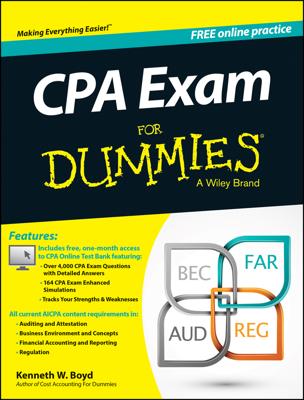The scope management plan and the requirements management plan are the two outputs from the Plan Scope Management process covered on the PMP Certification Exam. These outputs have a number of characteristics you should familiarize yourself with for exam purposes.
Scope management plan
The scope management plan describes how the rest of the scope planning processes will be managed. As such, it is an input to the other scope planning processes.
Scope Management Plan. A component of the project or program management plan that describes how the scope will be defined, developed, monitored, controlled, and verified.
The scope management plan defines
Techniques that will be used to define the project scope, such as product analysis or structured workshops
How to structure the work breakdown structure (WBS)
The elements in the WBS dictionary
Methods that will be used to validate deliverables
The process for managing and controlling scope change, including membership on the change control board, the change submittal process, and so forth
Requirements management plan
Any project manager can tell you that one of the most common reasons for project failure is the lack of requirements management. This is a key contributor to scope creep. Missing requirements, changes to requirements, and losing control of requirements all lead to failure in meeting project objectives. Therefore, you should establish a plan to manage them.
Requirements management plan. A component of the project or program management plan that describes how requirements will be analyzed, documented, and managed.
Your requirements management plan should describe
How you will elaborate your existing requirements (if needed)
The method for documenting requirements
How you will show traceability
Relationships among requirements and methods for verification
Your requirements management plan should also contain a section on configuration management. For purposes of this process, though, you should establish a system that will do or have the following:
Define an identification system, such as a numbering system that allows for parent/child relationships
A traceability structure that tracks specified relationships
The authority levels to add, delete, or change requirements
A system to audit and determine whether the process is being used and is effective
Some projects assign a Requirements Manager to control requirements. This person is in charge of documenting, managing, tracking, controlling, and verifying requirements. In some organizations, a Business Analyst performs this role.
The PMP exam assumes that to collect and manage requirements effectively, you have an understanding of configuration management principles.

